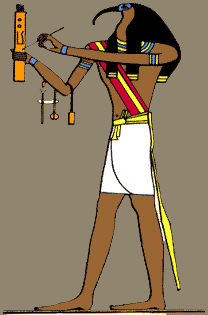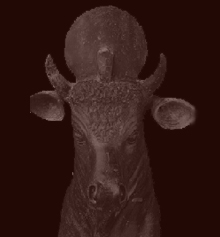Correspondence Courses Description
T101: The Perennial Wisdom: An Introductory Study Course on the Fundamental Teachings of H.P. Blavatsky.
Text: The Perennial Wisdom Study Guide: Fundamental Teachings of H.P. Blavatsky.
April Hejka-Ekins, Jerry Hejka-Ekins, Brett Forray.
Flapdoodle Productions, 1990.
Soft cover. xiv + 146 pages.
$9.95 for the book only. $14.95 for the book and video (optional).
Description: During the latter part of the ninteenth century, there was an explosion of literature concerning the existence of mysterious enlightened Masters of the far East, secret school of magic, and of a hidden philosophy which sheds light upon the origins and spiritual nature of the universe and of humanity. This new genre of perennialism, which came to be called Theosophy, stemmed from the writings of a Russian woman named Helena Blavatsky. Her extraordinary ideas set the stage for the proliferation of numerous new age type movements which continue to this day. This study course is aimed at introducing the key ideas which Blavatsky introduced to the world.
The optional 72 minute companion video covers much of the same material, but was designed more as an introduction for those who were specifically inquiring into Theosophy and gives some additional background on the history of the Theosophical Society, which Blavatsky had founded in 1875.
Each chapter is followed by questions for thought and discussion which the student may discuss in a group or comment upon individually.
The Premises of Theosophy
The Tradition of the Mahatmas
The Theosophical Society: A Modern Expression of the
Core Concepts of Theosophy
The Three Fundamental Propositions
The Teaching of Reincarnation
The Constitution of the Human Being
Brotherhood as a fact in Nature
Self-Responsibility and Duty
Studying Theosophy: A Learning Approach
Misconception About the Theosophical Society
The Earth Chain of Globes and Rounds
Psychic Laws and Phenomena
Bibliography of Source Theosophical Literature

M101: The Language of Mythology and Fairy Tales
Text: The Language of Mythology and Fairy Tales
Alexandria West, 2000. Three Ring Binder. vi +115 pages including a general index and an index of the gods and goddesses which appear in the myths. Color illustrations throughout. $20.00
Human societies which had no written language, depended upon an oral tradition of stories handed down from generation to generation in order to maintain a record of their cultural norms, origins and destiny. The stories endured because they sounded a chord deep within the human psyche. Their language suggested layers of deeper truths and awakened them to consciousness.
About eight-thousand years ago, written communication began in the Middle East, first as a method of record keeping, and later as a way to record their oral heritage of sacred stories. With the rise of medieval scholasticism, the learned of the secular world came to value the written word as a tool for enforcing authority and conformity to society. This movement from oral to written communication has elevated the written word itself to a status of sacredness, and created a class of priests whose job it is to interpret that text to the masses. Personal access to the sacred stories was denied to the masses.
While the text remains supreme in Western society, the popularity of George Lukas’ Star Wars Trilogy and J.R.R. Tolkien’s Lord of the Rings suggests that our Western culture is still able to experience and intuitively grasp the mythological language of old. The Language of Mythology and Fairy Tales is a resource designed to bring a sense of familiarity to the world’s allegories, myths, fairy tales and sacred poems concerning the nature of reality, and how the universe and people came into being. This first volume addresses the language of mythology in general, and covers two mythological themes: 1) The nature of reality, 2) and how the world and humanity came into being.


